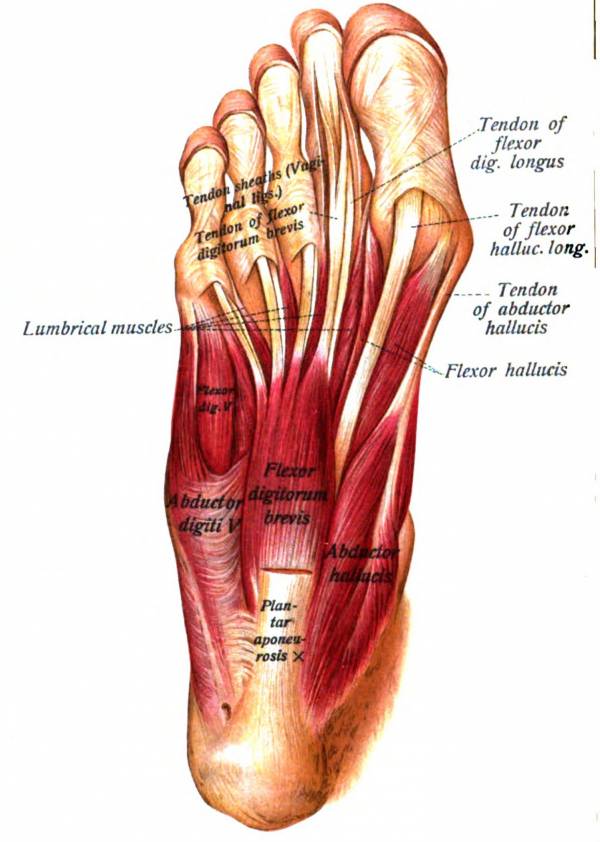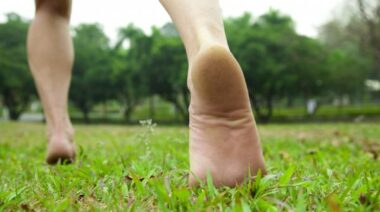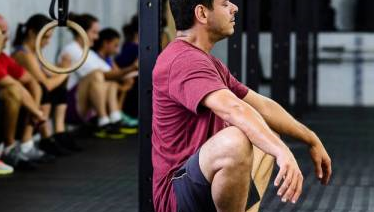In part one of this series I showed you what impact forces are and why they are important. In part two I explained how impact forces relate to common lower leg injuries, and how you can prevent these injuries from happening.
The next step is to apply what I’ve taught you and start to train your body to be able to absorb and damp down impact forces effectively. To do this, you need to train barefoot. As I mentioned before, this doesn’t mean you have to do everything barefoot, it simply means incorporating some strategic and deliberate barefoot exercises in your training session before you throw on your shoes, if you choose to train in shoes.
Introducing Short Foot
The following exercises were taught to me by Dr. Emily Splichal, one of the smartest presenters I have seen. She teaches all of these exercises in short foot, so first let’s talk about what short foot is.
The purpose of short foot is to strengthen and activate the intrinsic muscles of the foot and leg, especially one called the abductor hallucis (a muscle of your big toe). You can do this exercise with two feet on the ground or both. Obviously it will be more of a challenge if you’re only in a single leg stance.

To perform the short foot exercise:
- Spread your toes and firmly place them on the ground.
- Draw the ball of your big toe toward your heel without letting it or your heel come off the ground. Make sure you’re not curling your toes, flexing them in to the floor, or trying to grip the floor with your toes though. Toes should all be flat, while you perform this drawing motion.
- Hold isometrically for ten seconds. This will start to activate those intrinsic muscles.
Dr. Splichal encourages this exercise to be done 5-8 times per foot. This short foot exercise is not only the first activation exercise you should do while training barefoot, but it is also what you should do while completing the following exercises.
Short Foot Exercises
Single Leg Short Foot
This exercise is straightforward. Stand on one leg. Make sure you have a slight bend in your knee and hip and that you are actively squeezing your glutes. Do the short foot exercise, holding for ten seconds each leg.
Single Leg Deadlift in Short Foot
Progressing from the single leg short foot, in this exercise you will simply hinge forward at the hips (remember your knee and hips should be bent) to perform a bodyweight single leg deadlift while maintaining short foot. Aim for 5-10 reps per side, stopping if you get any foot cramping.
Single Leg Squat
Same as above, but this time you will simply perform a body weight single leg squat while maintaining short foot. Again, aiming for 5-10 reps per leg and stop for any cramping.
Simple, But Challenging
These exercises may seem simple. You may say, “I do single leg deadlifts and squats all of the time and have no problem!” But by incorporating short foot and actively engaging your glutes, you will really feel those small muscles in your foot working. This is why I warn of potential cramping. These muscles aren’t used to working so hard, so they may fatigue quickly. If this happens, grab a golf ball and do some myofascial release (roll out the bottom of your feet) for 2-3 minutes per side.
The Towel Exercise
This is sometimes called the towel scrunch. It looks easy, but can be surprisingly difficult, especially for those who have never trained barefoot. To do this exercise, simply place a towel on the ground and use your toes to curl it in to you. Check out this video for a full description:
In Closing
I hope this series on impact forces and lower leg injuries has shown you just how important barefoot training is. And do realise that it is a process. You cannot go straight from wearing shoes or orthotics to barefoot training.
If you realise the benefits of training barefoot and you want to walk that path, then these exercises are exactly what you need to do to build up strength and endurance in your muscles. Enjoy the process!
More Like This:






